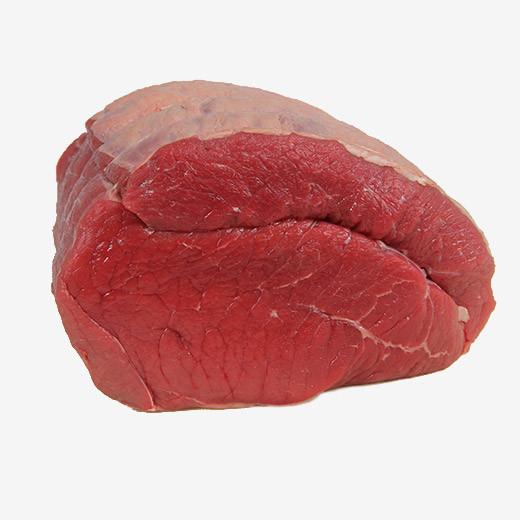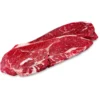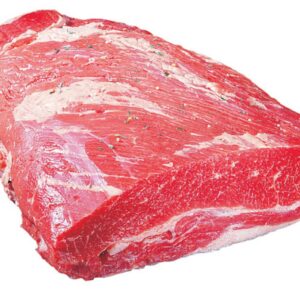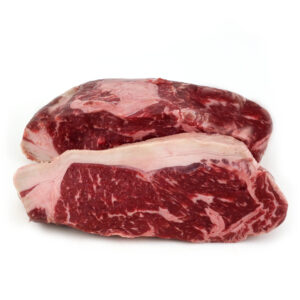FROZEN BEEF ROUND
From Freezer to Feast: Mastering the Frozen Beef Round
The beef round, a lean and economical cut taken from the hindquarters of the cow, is a versatile workhorse in the kitchen. From roasts and steaks to jerky and stir-fries, its possibilities are endless. However, like many cuts of beef, the round often finds its way into our freezers. While freezing preserves its integrity, thawing and cooking a frozen beef round requires a little know-how to ensure a tender and flavorful outcome.
This article will guide you through the process of transforming a frozen beef round into a delicious and satisfying meal, covering everything from thawing methods to cooking techniques.
Why Beef Round?
Before we dive into the frozen aspect, let’s appreciate the beef round’s inherent qualities. Its leanness makes it a healthy choice, and its affordability makes it a budget-friendly option. Popular cuts derived from the round include:
Top Round: Often used for deli roast beef, this is a lean and flavorful cut that benefits from marinating.
Bottom Round: A tougher cut, often used for roasts and stews, and best when braised or slow-cooked.
Eye of Round: The leanest and most economical cut, often used for jerky or thinly sliced for sandwiches.
Sirloin Tip (Knuckle): Can be roasted, grilled, or stir-fried, but best when marinated for tenderness.
Thawing the Frozen Beast: Patience is Key FROZEN BEEF ROUND
The most crucial step in preparing a frozen beef round is proper thawing. Rushing the process can compromise the meat’s texture and increase the risk of bacterial growth. Here are the recommended methods:
Refrigerator Thawing: This is the safest and most recommended method. Simply place the frozen beef round in a leak-proof bag or container to prevent dripping, and transfer it to the refrigerator. Allow ample time for thawing: approximately 5 hours per pound. A large roast can take a few days to thaw completely. While this is the slowest method, it ensures even thawing and minimizes the risk of bacterial growth.
Cold Water Thawing: This method is faster than refrigerator thawing but requires constant monitoring. Place the frozen beef round in a leak-proof bag and submerge it in a large bowl of cold water. Change the water every 30 minutes to maintain a consistently cold temperature. Estimate about 30 minutes of thawing time per pound. Remember to cook the beef immediately after thawing using this method.
Microwave Thawing: This is the quickest method but the least recommended. Microwave thawing can lead to uneven thawing and partial cooking, potentially resulting in tough and dry meat. If you must use the microwave, follow your microwave’s instructions for defrosting meat and cook the beef immediately after thawing.
Never thaw meat at room temperature! This provides an ideal environment for bacteria to thrive and can lead to foodborne illness.
Cooking Techniques for a Tender Outcome
Once your beef round is properly thawed, the cooking possibilities are vast. However, due to its leanness, preventing dryness is key. Here are some techniques that work well:
Marinating: Marinating is your best friend when dealing with beef round. Acidic marinades, featuring ingredients like vinegar, lemon juice, or yogurt, help break down tough muscle fibers and tenderize the meat. Allow the beef to marinate for at least 4 hours, or preferably overnight, in the refrigerator.
Slow Cooking/Braising: These methods are perfect for breaking down tough connective tissues and resulting in tender, fall-apart meat. Braising involves searing the beef and then simmering it in liquid until tender. Slow cooking in a Crock-Pot or similar appliance achieves the same result over a longer period.
Roasting: Roasting the beef round requires careful temperature control to prevent it from drying out. Use a meat thermometer to monitor the internal temperature and avoid overcooking. Aim for medium-rare (130-135°F) to medium (140-145°F) for optimal tenderness. Rest the roast for at least 15 minutes before carving to allow the juices to redistribute.
Thin Slicing and Stir-Frying: Thinly slicing the beef against the grain and stir-frying it quickly can make it surprisingly tender. Season the slices well and cook them over high heat for a short amount of time to prevent them from becoming tough.
Tips for Success:
Salt Early: Salting the meat well in advance of cooking (even overnight) helps to break down proteins and retain moisture.
Sear for Flavor: Searing the beef round before roasting or braising creates a delicious crust and intensifies the flavor.
Don’t Overcook: Use a meat thermometer to ensure accurate cooking temperatures and avoid overcooking, which will make the beef dry and tough.
Rest the Meat: Allowing the meat to rest after cooking allows the juices to redistribute, resulting in a more tender and flavorful result.
Be the first to review “FROZEN BEEF ROUND” Cancel reply
Related products
Frozen Beef
Frozen Beef
Frozen Beef
Frozen Beef
Frozen Beef
Frozen Beef
Frozen Beef
Frozen Beef












Reviews
There are no reviews yet.